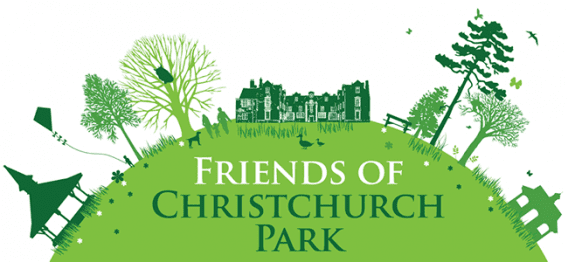I have written before about the ‘scar’ that stretches from the North Sea across the roads and farmland of East Suffolk. This 60 metre wide area of trampled landscape is where a pipeline has been laid from Bawdsey through to Bramford. This fine agricultural land will be returned to farmers after a period of 5 years. However, an area of farmland at Friston was where Scottish Power Renewables wanted to erect buildings of up to 21 metres high plus a lorry park to accommodate the necessary logistics to service this pipeline and to connect East Anglian 1 and 2 North Offshore wind-farms to the National Grid. A vociferous protest by local residents persuaded Scottish Power to seek an alternative site. Now, you could not make this up. Scottish Power have chosen an alternative site on the outskirts of Leiston. This lies on a designated protected area – an Area of Outstanding Natural Beauty (ANOB) – a thirty acre site the size of 27 football pitches. Really, who do Scottish Power think they are and why does our Government do nothing to stop this persecution of our lovely Suffolk countryside?
Chris Packham is throwing his weight behind the subsequent protest. The joint Nature Conservation Committee, who actually advise the Government, say that this area is very rare heathland, a home for adders, nightingales, tawny and barn owls, nightjars and stone curlews. We cannot allow this to happen. Perhaps Scottish Power, having ploughed up much of Suffolk’s landscape, have the power to dump their ‘stuff’ anywhere. This ANOB area is called Broom Covert, situated near to Sizewell but also near to RSPB Minsmere. This is not a place to destroy. Some people will think that I have gone over the top in my criticism of Scottish Power but I cannot see the point of having an ANOB Protection Plan if it can be so easily violated.
It was a magnificent apple crop this year. Keith had a bumper crop of old English fruit in his Grundisburgh orchard. Unfortunately, most of his apples were riddled with maggots. Therefore the orchard floor is once again covered with rotting fruit much to the delight of the incoming redwings, fieldfares and blackbirds. Usually, these migrant thrushes will remain in this area until all of the apples have gone. Fieldfares are noisy birds and as they descend to the orchard so their chattering calls increase. How lovely it is that our few resident song thrushes are now singing again after the summer recess and, of course, the green woodpeckers always want to join in.
The badger cull still goes on with more counties taking part in the slaughter of this beautiful animal. It seems that the National Trust is about to cull wild boar in the west of the country. No matter what the perceived necessity for these culls, there will always be some who are appalled by this action. I can understand their feelings with badgers and pigs but I still ask why don’t we put in place a mass cull of grey squirrels or am I just being a ‘stirrer’? Last week in the national press it was reported that a rat was killed in this country (I don’t know where) and that this rodent was 21 inches long from head to tail tip – a monster. The largest one we trapped at Grundisburgh was only 18 inches long. Shame!
Many congratulations I think are due to Nigel and his team at RDVC who produced a magnificent display for the Annual Remembrance Service on 11 November. The motif of a large poppy close to the Cenotaph was made up of red chrysanthemums – a master stroke. It was very moving and our Park looked so smart and well-dressed. By the way, I have just read a book entitled “Where Poppies Blow” by John Lewis Stempel. It tells of the serving naturalists of the First World War who recorded the bird life in no-man’s land. Sadly, many of these naturalists perished.
